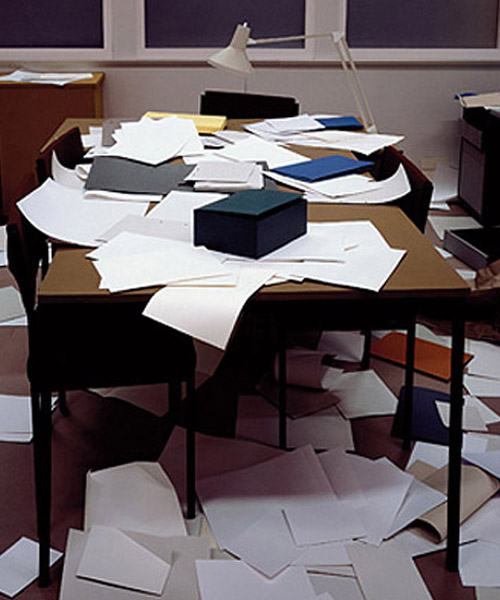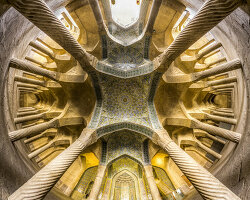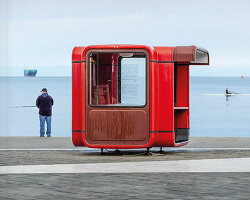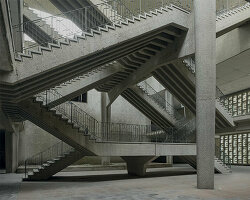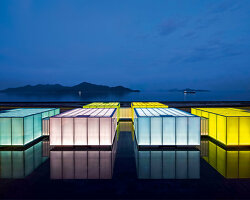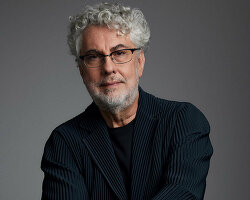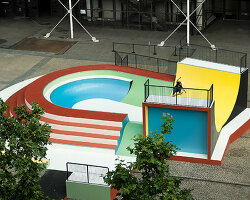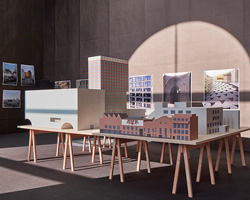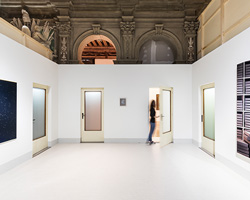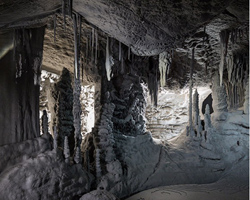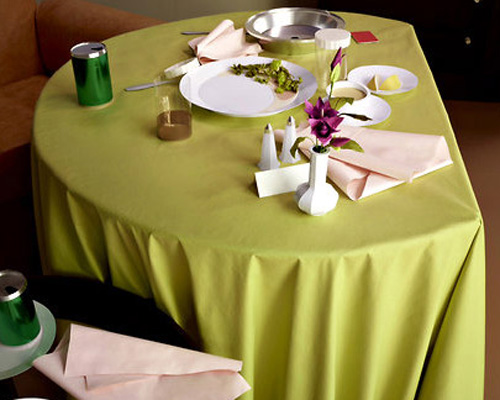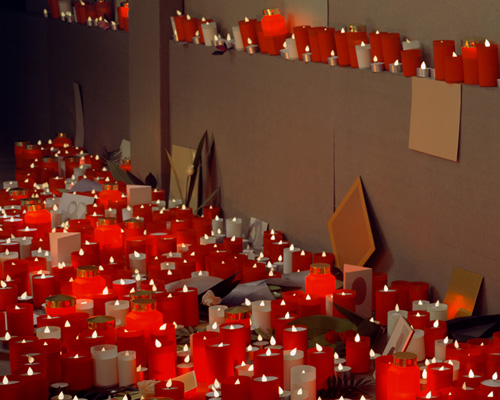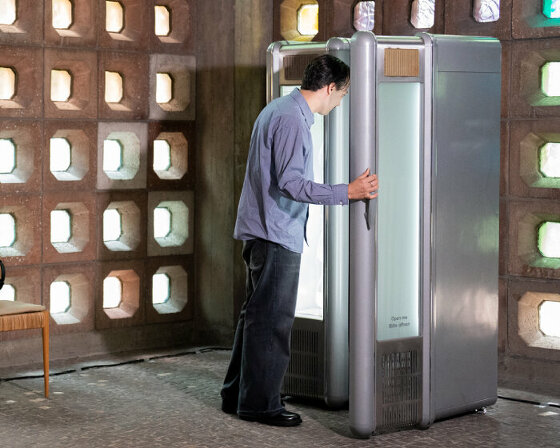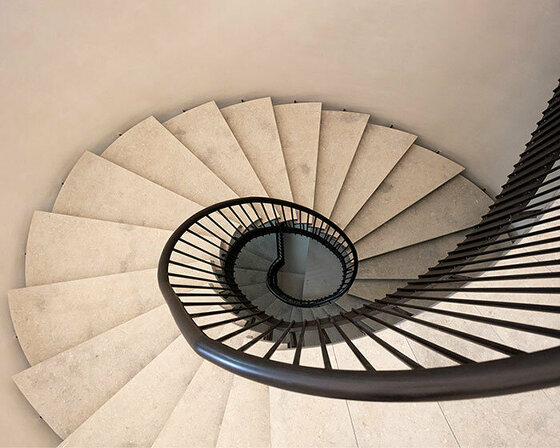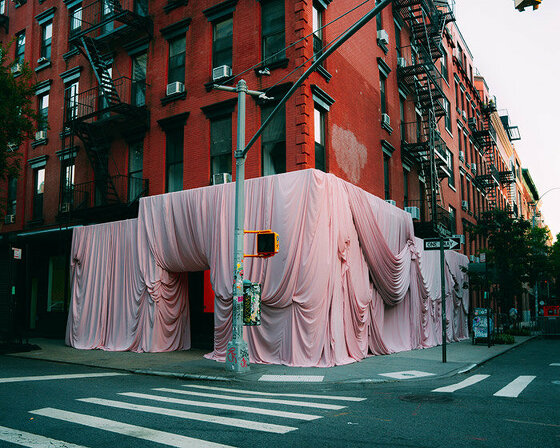to mark the release of his latest book, ‘the complete papers’, published by MACK, designboom caught up with thomas demand to discuss his vast archive of work and how he approaches making sculptures from paper. the german artist has enjoyed a career spanning decades and during a talk at fondazione sozzani in milan, he revealed why he first started using paper and the ideas which provoke his work.
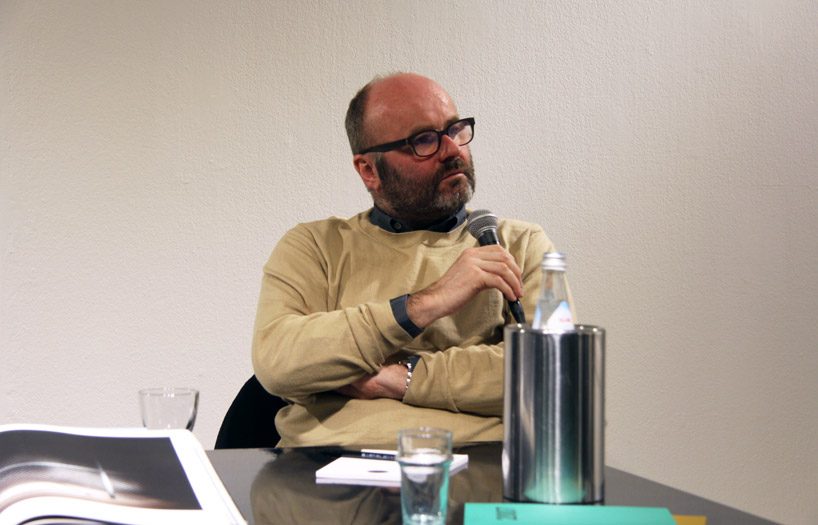
thomas demand in conversation at fondazione sozzani, photo © designboom
main image ‘clearing’ (2003) © thomas demand, 2019 artists rights society (ARS), new york / VG bild-kunst, bonn, via MomA
(designboom) DB: this beautiful book is a fantastic achievement and it’s a sort of ‘catalogue raisonné’. your pictures are always full of information, but you don’t give any information, so when you look at them the viewer doesn’t know exactly what they’re looking at. can you explain this, because you said once that the approach of the viewer to the image is important?
(thomas demand) TD: so the first thing is that it’s really not a catalogue raisonné, it’s not. I would have not called it that, but you know, it’s on the cover. it’s relatively complete and it came from somebody who asked me to do a conversation, he didn’t know my work and so he wanted me to make a portfolio. I thought, ok, i’ll make a portfolio but I hadn’t done one for, I don’t know, 23 years, and then when we put it all together it actually came out as quite an interesting thing because you never look at your own work. I was always concerned with the next one, not with the old one. and so, to see them all how they appeared one after another, it is a clear succession of one picture after another, it was actually quite interesting for me. and I showed it to MACK who said let’s print it, and that was 2 or 3 years ago.
I just basically thought it would be quite interesting after doing this for quite a long time to appear as a person, and not only as my name and pictures on the wall, to make a publication which focuses on the entirety of the individual and that doesn’t necessarily have to do with self-gratitude. sometimes I think it’s actually interesting to see what the person of all this comes from. and the references to the pictures, most of them, nobody knows where they come from. some of them you will recognize, like the oval office, but some others are so obscure. very often where the picture comes from is actually not as important as how the picture came to me or what the picture represents.
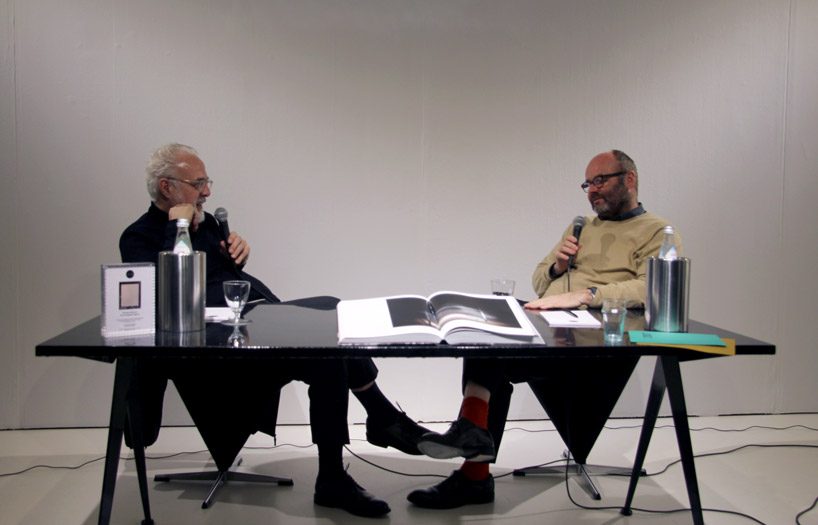
thomas demand with writer and curator, francesco bonami, photo © designboom
DB: can you discuss your work and the relationship it has with architecture?
TD: one thing I have noticed over the years is that architects actually respond very amicably towards the work, and then they start doing workshops in their classes and use my work as an example, and they do presentations where they win competitions because they make large scale models. so the whole idea of reproducing atmospheres into compositions, I notice that happening at the same time as my work.
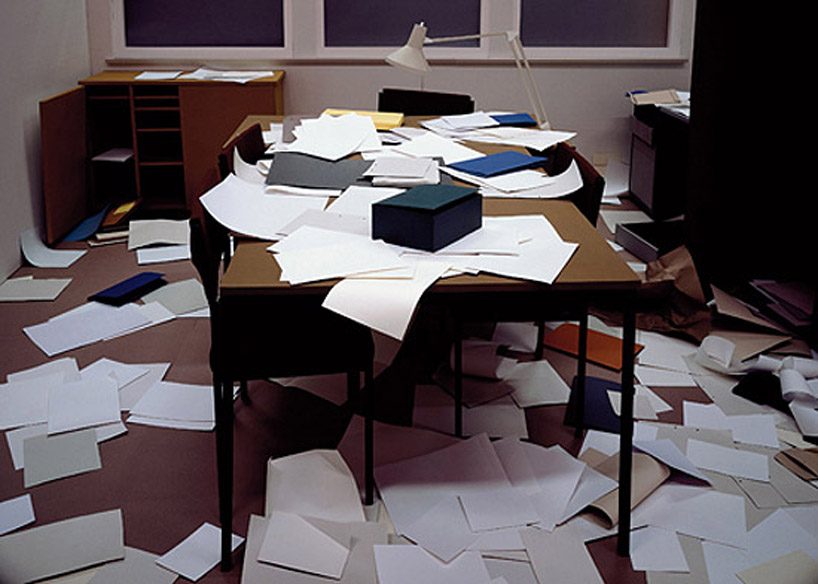
‘büro’ (1995) © thomas demand, VG bild-kunst, bonn
DB: is there something different in your system of choosing a subject when it’s in relation to architecture?
TD: hmm, no… I read an interesting book once that comes to mind but there’s not really an answer, sorry… it’s like the western european news cycle relied heavily on inside space, whereas the eastern european news cycle relied on the outdoor space. which I never realized is actually totally true. so many of the things we’re concerned with, you know, the oval office for instance, is the best way to talk about this. that many of the things that come to our consciousness are actually happening inside a building, and so that’s kind of, you know, accidental architecture.
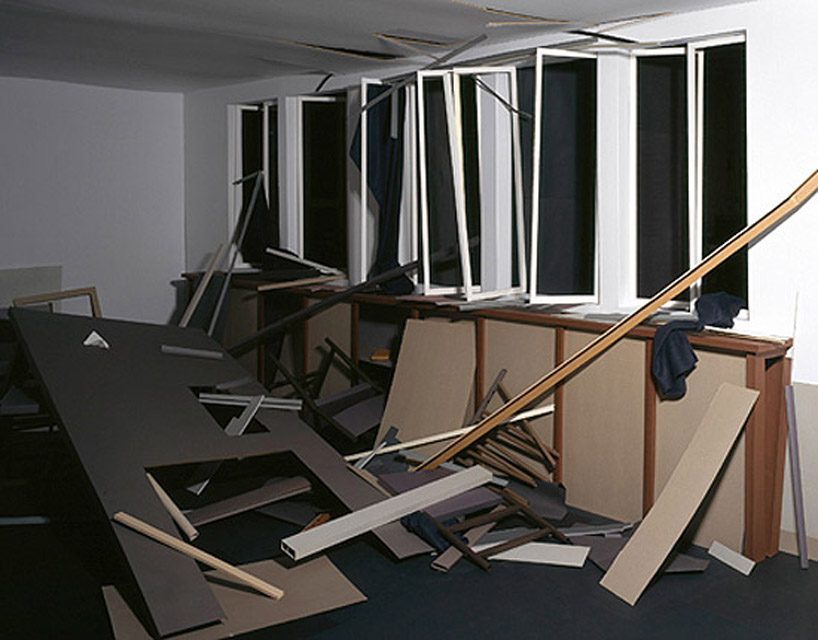
‘raum’ (1994) © thomas demand, VG bild-kunst, bonn
DB: tell me about one of the features in the book that you think is particularly difficult to create but also particularly complicated to select.
TD: ‘the clearing’, you know the one with all the leaves?.. so that had a huge amount of leaves, but anyway, the problem was, I had decided to do something outside. in the winter there were no trees, but it was the summer. because matching nature is really hard. you know a tree, you never ask yourself why it’s so good and it was such a big production. so, that was hard to make and that was hard to choose.
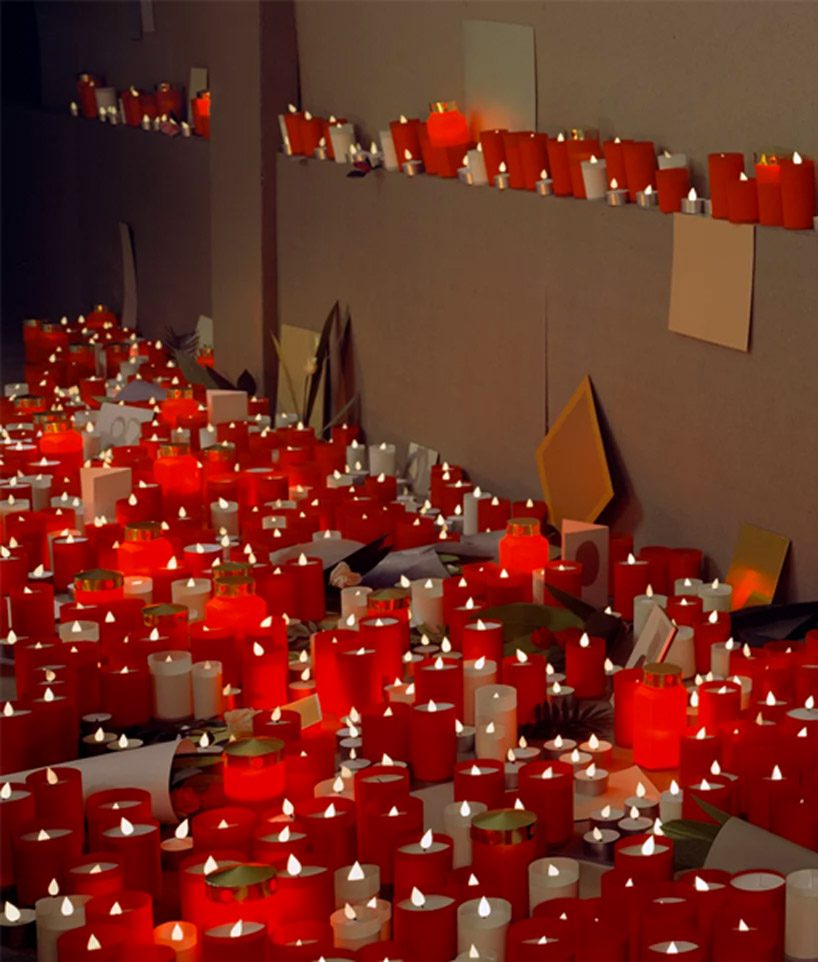
‘tribute’ (2011) © thomas demand, VG bild-kunst, bonn / SACK, seoul
DB: sometimes the photographs have a double meaning, they look banal but they have this hidden meaning and violence inside?
TD: well the pictures themselves don’t have that, it’s what you bring to them. there’s no intentionality to the pictures, you just bring your knowledge to the picture.
I had a dream that you could walk into a newspaper. you could walk into the picture and say, ‘hi it’s me, thomas from munich.’ no, seriously, I thought wouldn’t it be great if you could walk into the picture.
DB: in all the pictures you made?
TD: yeah… and so, I thought that’s basically what I would like to do. wouldn’t it be great if you could open a newspaper and walk into any of these pictures?
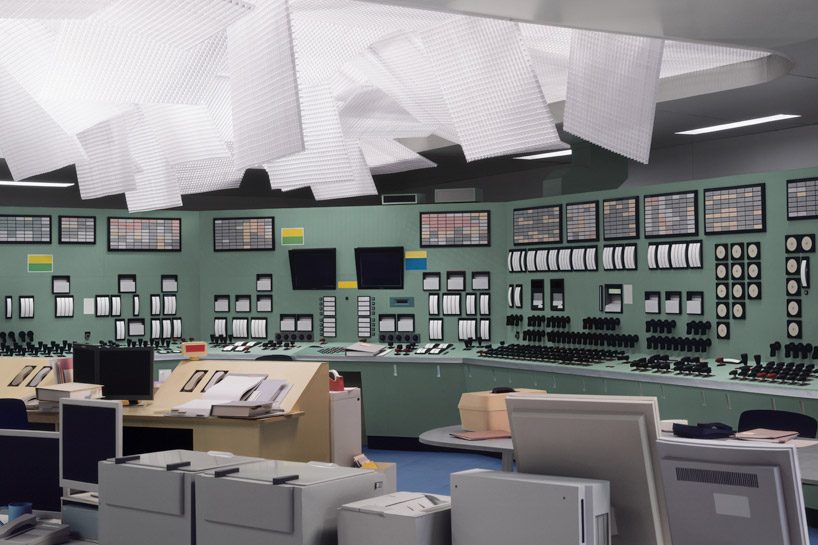
‘kontrollaum control room’ (2011) © thomas demand, VG bild-kunst, bonn / SACK, seoul
DB: but there is something about memories, about constructing fake memories, that fascinates you?
TD: that fascinates me very much because photography is this kind of media which gives you a very realistic view of the world, and we share it and we know it. so if you were to ask anyone here, do you know the tunnel where lady diana had her accident? most of the people over 40 know it, even if they haven’t been there, because they have seen it. somehow it enters our vocabulary of experiences of the world, and so the media gives us all these artificial experiences.
anyway, film does that too of course, but I think film is made more for you to enjoy so it’s less a repository of images which you can kind of take what you need. film is always like a train going forward in that sense. so, I think that many of the media images we also define, first of all, things come in to the world through photography and then we define our individuality through them. you know, we know where we were when this and this happened. for some reason, I, for instance, when I think of the wall coming down in berlin, I don’t think of a moving image, I think of a still image, or people standing on the wall. I think it’s still the case with many of the events, for example, the (twin) towers falling down, that’s a still image. when you think of it longer, the moving image comes back, but the iconic image remains a still image. I think that the memories we share, they still feel like memories, they’re just not mine.
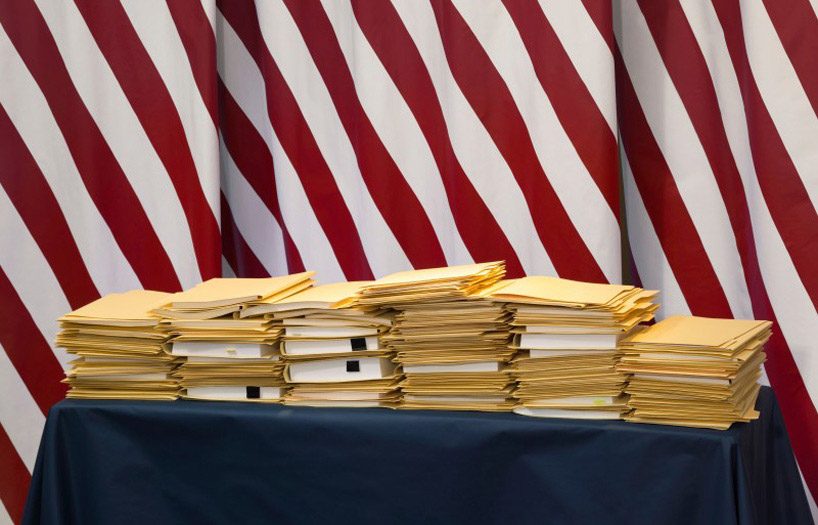
‘folders’ (2017) © thomas demand, via art basel
DB: and memory and history, what is your relationship with history?
TD: well, history is… history is a filter, to forget things that are not necessary and to keep other things that are. the representation of history now is much better. if you work with historical material, you always have a safety net. if you work in the present, like the trump folders, you know, the guy might be forgotten in 10 years. so it’s good to work with historical stuff, because it might last longer, but increasingly I find it difficult because you are reduced in choice.
DB: what is the most famous subject in your book?
TD: the oval office, for sure. it’s also probably the most photographed small space in the world. the oval office, it’s a brand, it’s not even a single place.
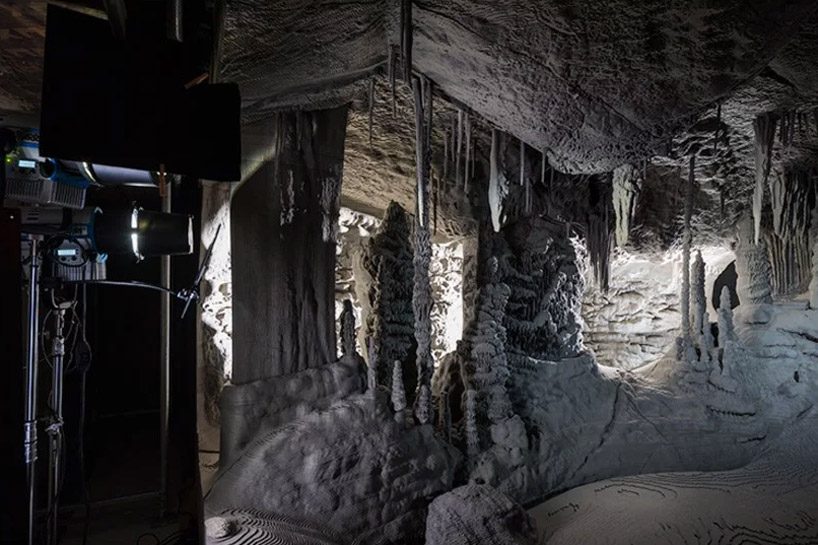
the grotto installation by thomas demand, image courtesy of fondazione prada
‘the complete papers’ is an expansive collection of work by the german artist and sculptor, thomas demand, including previously unseen early works from 1990 to his most recent exhibitions at fondazione prada in milan. the book showcases in exquisite detail all his photographs and the primary texts written on his work over the past 25 years. the publication also includes a new interview with russell ferguson, discussing the notable artist’s achievements and the future of his creative endeavours.
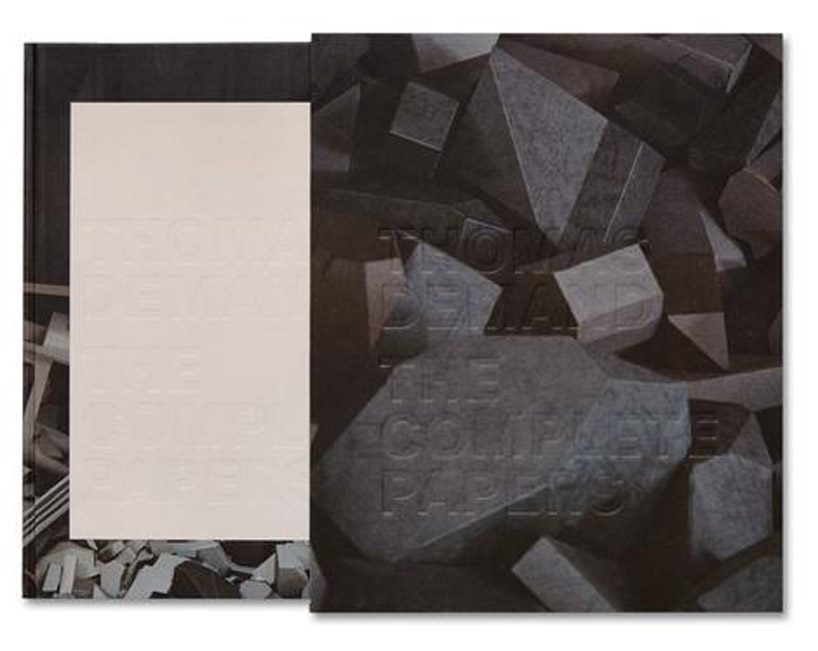
image © MACK
thomas demand: the complete papers / hardcover / 24 x 29 cm / 504 pages / $85.00 USD / MACK
designboom book reports (197)
sculpture (374)
thomas demand (8)
PRODUCT LIBRARY
a diverse digital database that acts as a valuable guide in gaining insight and information about a product directly from the manufacturer, and serves as a rich reference point in developing a project or scheme.
